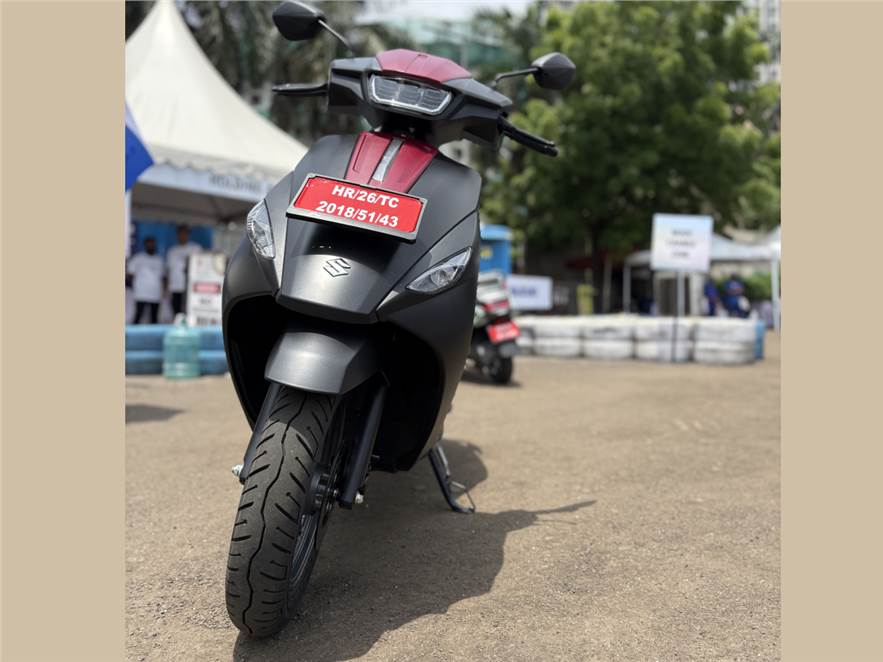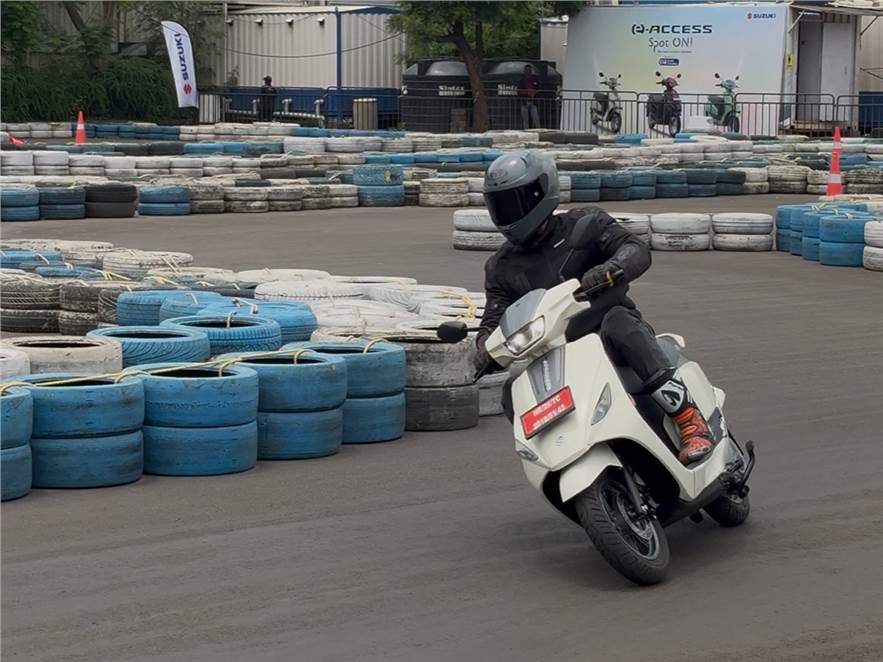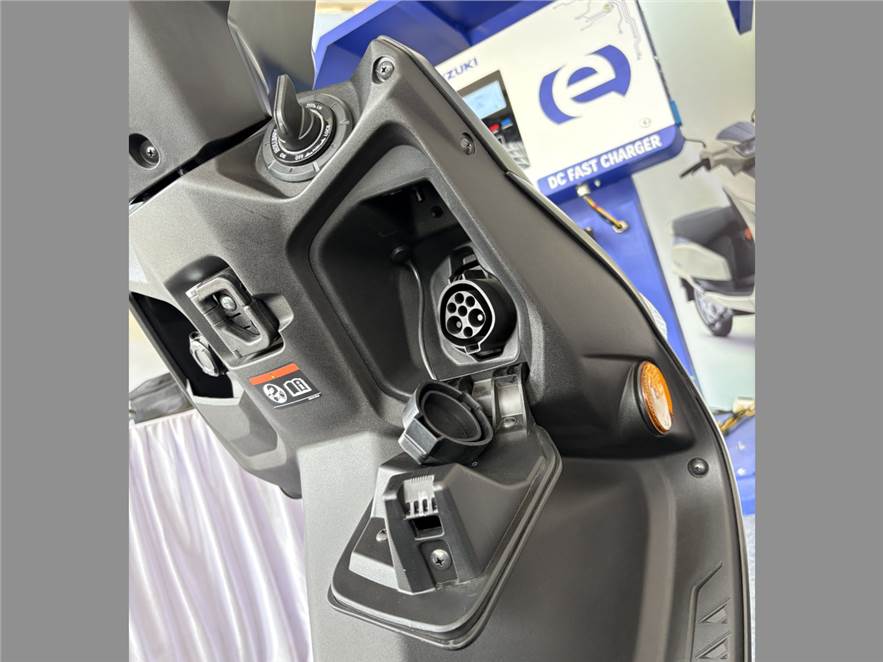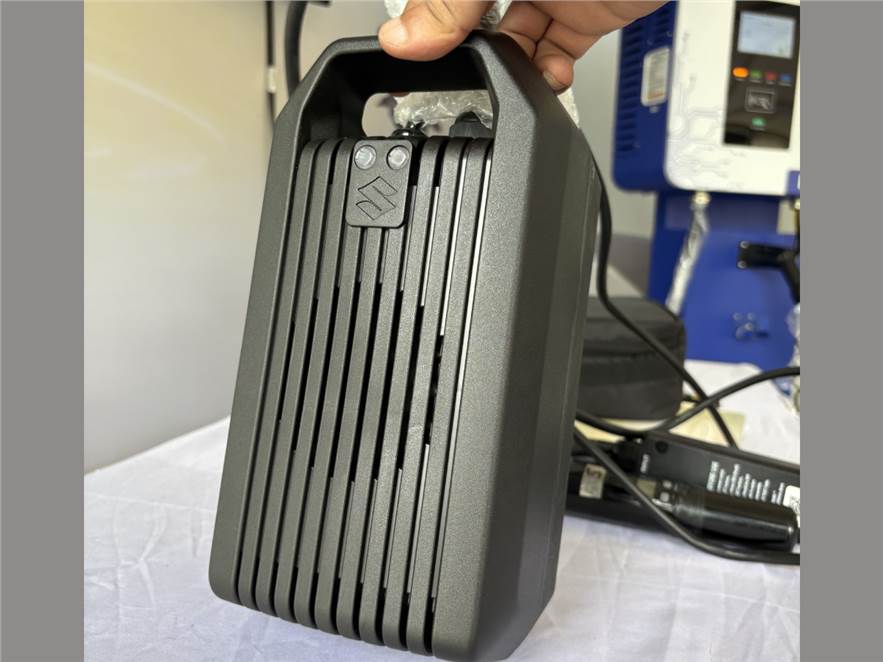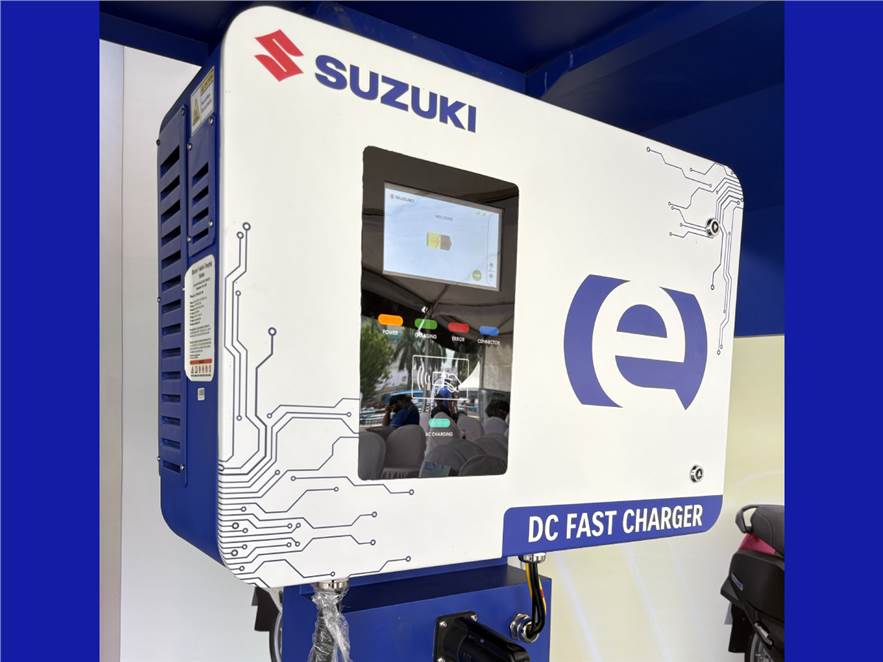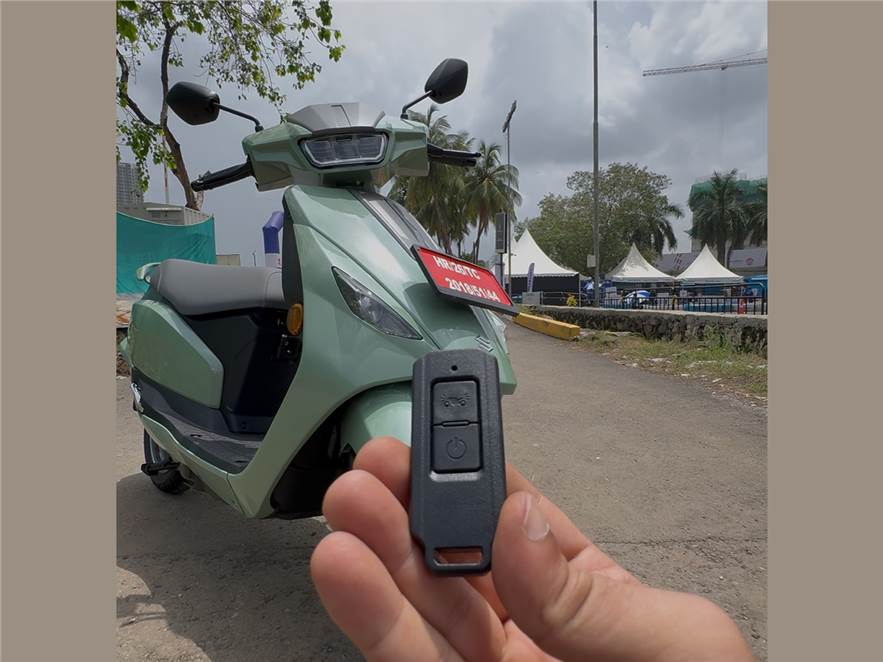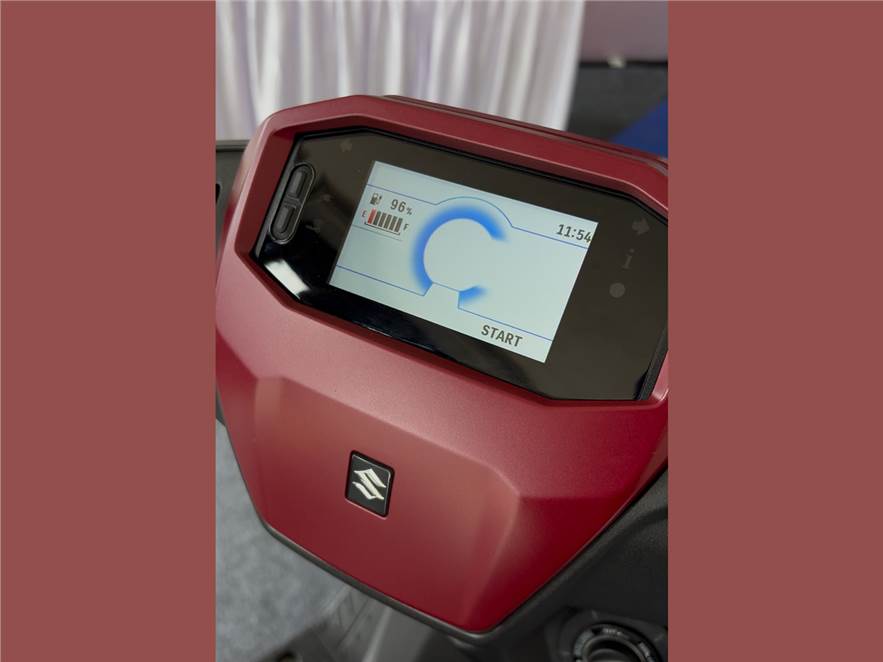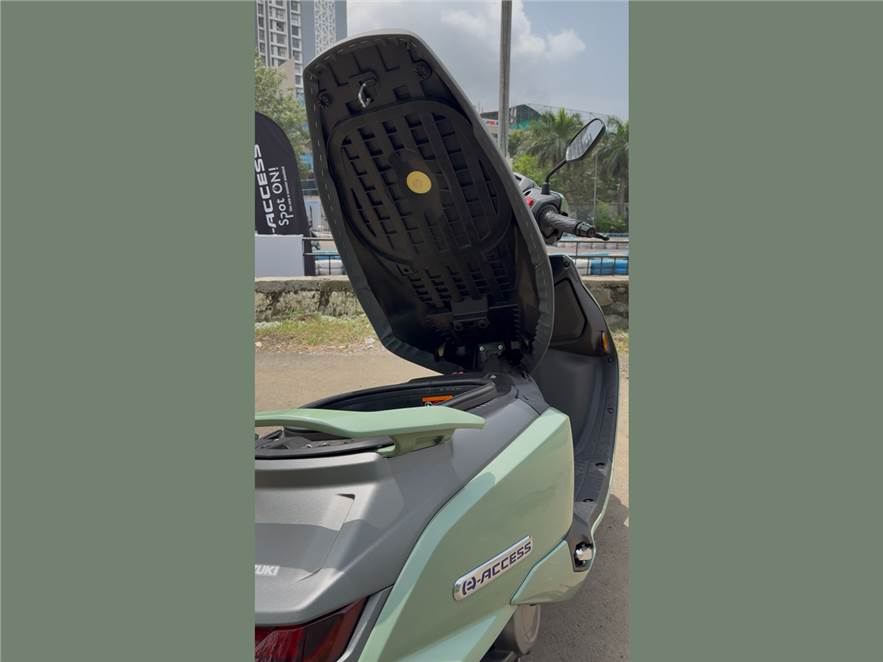The Indian e-scooter market is evolving. From early prototypes bursting at the seems to now seasoned experts entering the game and showing the rest how it is done. But the Suzuki e-Access, unlike its rivals, promises something entirely different and has the eye on the longer game. Based on the ever-reliable petrol-powered Suzuki Access 125, the E-Access marks Suzuki’s first step into India’s electric two-wheeler market. But unlike the cyberpunk oddities and start-up science projects flooding the streets, this one’s a case of measured evolution over manic revolution. It’s familiar, refined, and — dare we say it — actually quite clever. We don’t know the price yet, but we got to have a go at it - a brief stint at the Ajmera IndiKarting in Mumbai. Here’s what we think.
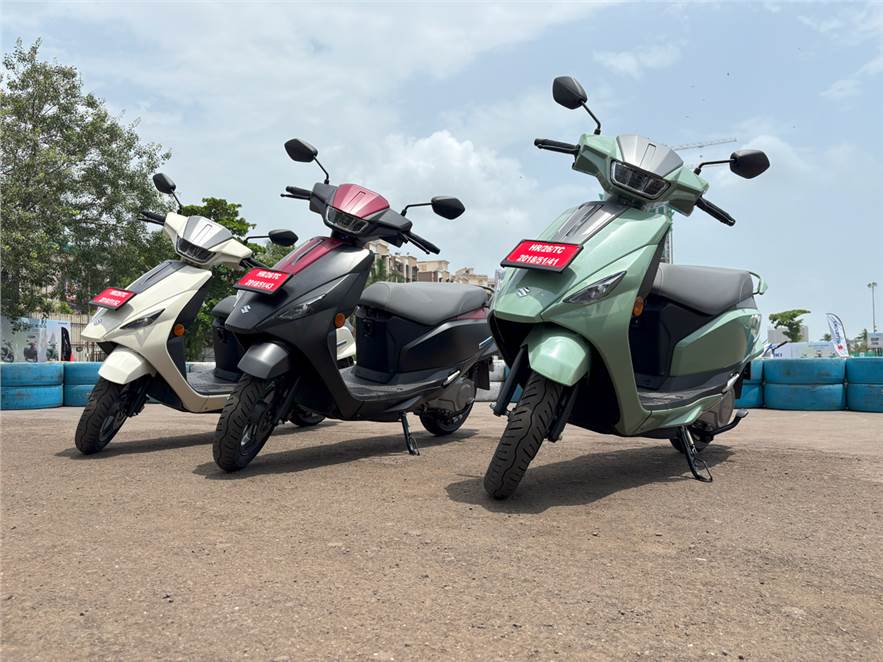
.jpg&w=35&h=35&c=1)
